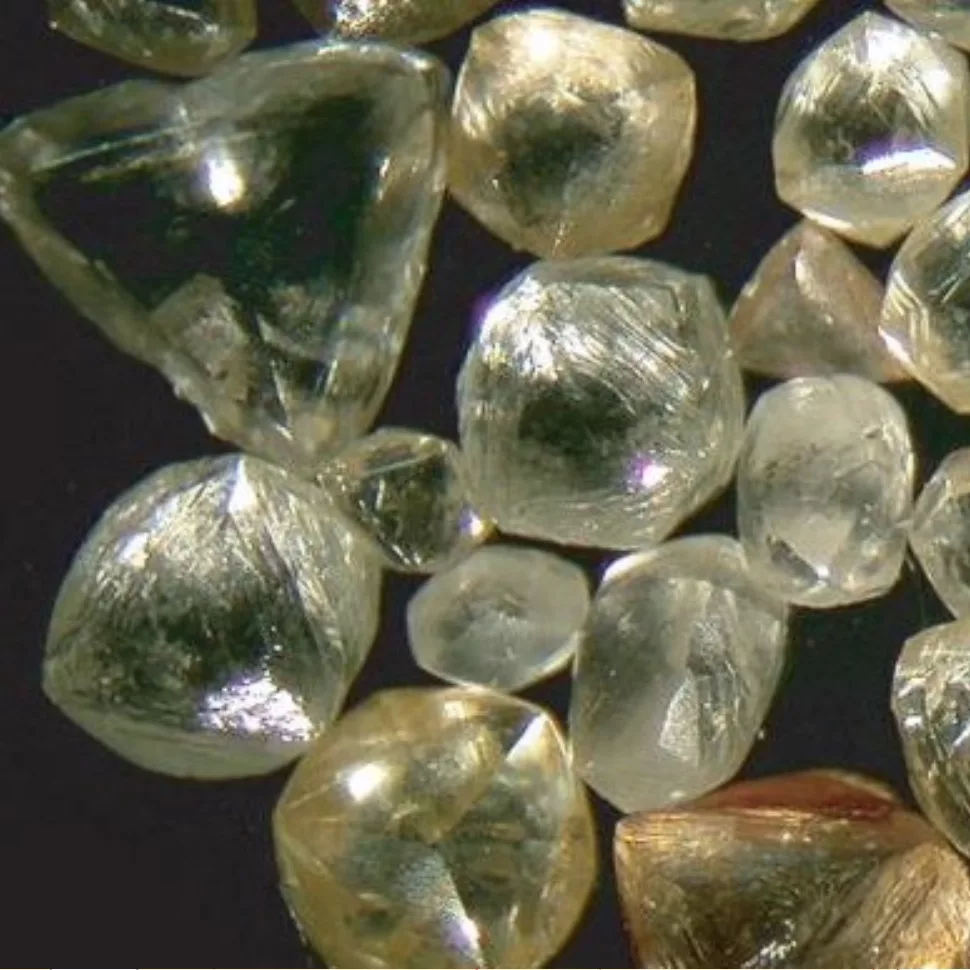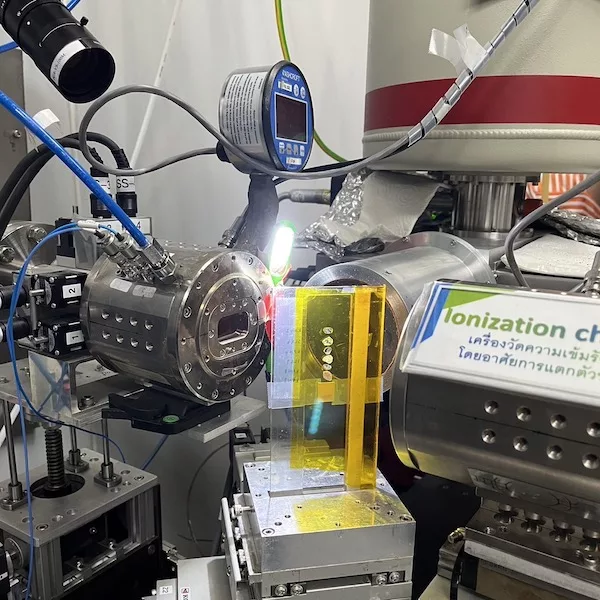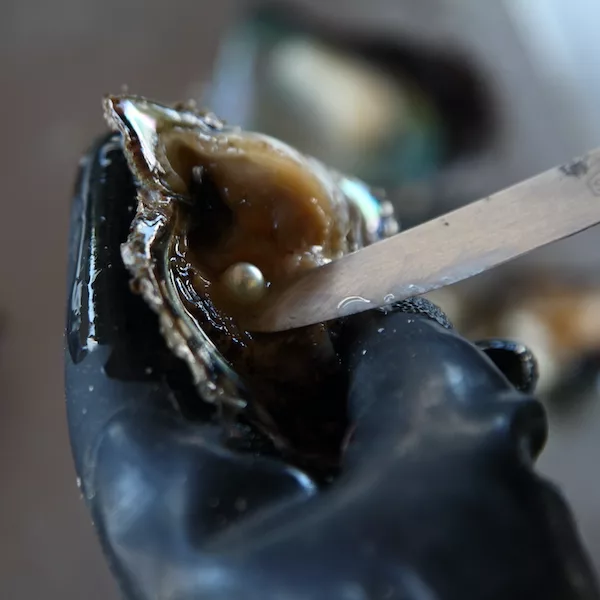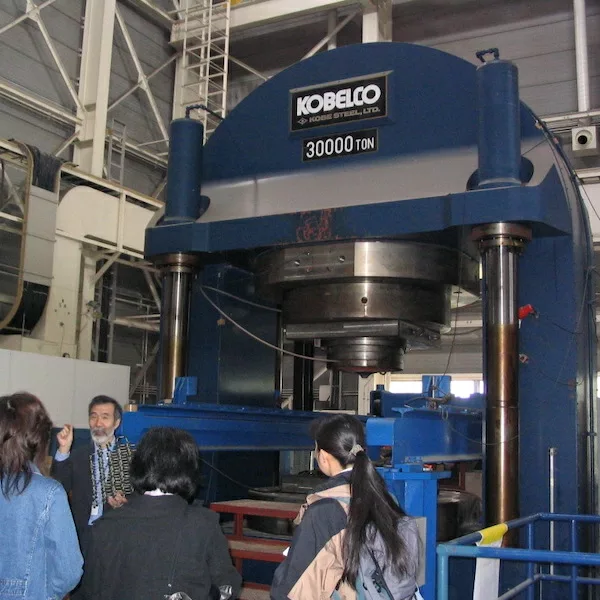Mapping underground rivers at the Copeton Diamond Field, New South Wales, Australia. Following these “deep leads” to further riches
In Australia’s ‘New England’, early gold and tin explorers discovered diamonds in their sluice boxes without realising their significance, but by the 1890s the Copeton-Bingar
Colour varieties of gems – where to set the boundary?
In theory it is simple: a gemstone is a mineral formed in nature by geological processes and, as such, it has a mineralogical name that is scientifically defined and accepted by th
The Importance of Research for Gem & Jewellery Industry
Research has always been an essential tool for business leaders who always realise that the consuming public is active, and hence, research investment could help lead their busines
Initiatives for sustainable pearl cultivation in Japan
Natural pearls are a gift from nature. On the other hand, cultured pearls are a symbol of humanity and nature. Skilful pearl smiths and rich nature are needed to cultivate beautifu
Diamonds and synthetic diamonds
Diamond is historically one of the most important gemstones, in terms of value, use and general appreciation. Diamonds were generally formed relatively early in the Earth’s Histo
A brief history of synthetic diamond researches in Japan
Research on diamond synthesis started in early 1960s in Japan, following GE’s success in 1955. The research was most active between 1980 and 2000 in Japan, triggered by success i
Past, Present and the Future of IGC
Exactly, seventy-one years ago, in the month of October, to be precise from the 23rd to the 25th of October 1952 in Lugano, Switzerland, the inaugural meeting of the International







